CI7 (also known as Cerebral Imaging 7-point shutdown) is the ultimate in combo decks for Netrunner. The aim of CI7 is to score 3 agendas worth 7 points in one turn. It is a complicated deck to pilot, but if you consider yourself an intermediate-level player, then you should definitely be capable of doing so.
In this series of articles, you will learn about the CI7 combo. The basic building blocks of the deck, and how to pilot it into winning you the 7 points in one turn. The various articles will be:
- Introduction to CI7 - This is what you are currently reading. What is CI7? How does it work? What is the deck? What is the base-combo you use to score 7 points in one turn?
- How to combo through hate - This is a list of ways CI7 can work around the various tools runners use to give it a bad time.
- Setting up as CI7 - How to get to the point where you can win in one turn.
- Running against CI7 - How to deal with CI7 as a runner.
- Conclusion - Some final words, as well as a cheat sheet of quick responses for the combo.
At any time feel free to double check cards or terms in the handy-dandy CI7 Glossary! You may also want to check out the Heuristics cheat sheet.
What is CI7?So you might have heard of CI7 here and there. Some degenerate players, such as world-champion Dan D’Argenio love to play it. Sometimes it gets brought up as a hard-counter to many of the meta-defining runner builds. It is a strong but complicated deck, and looks to be in a better place than ever thanks to the latest MWL tournament update.
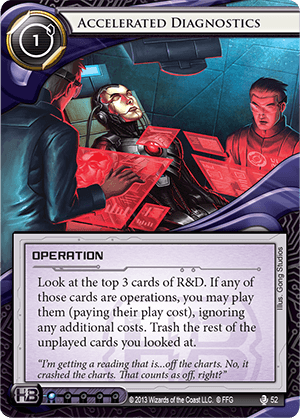 |
| HB - taking click efficiency to ridiculous levels |
CI7 is a combo deck, using Accelerated Diagnostics to play 3 operations of your choice for a single click. This is extremely efficient, as some of the cards are doubles and you are saving up to 5 clicks with Accelerated Diagnostics. By doing this 3 times, as well as generating some extra clicks here and there, you can take enough actions to score 7 points in one turn. To do this, you will need a lot of cards in hand, so Cerebral Imaging (CI) is the natural choice. CI allows you to increase your hand size by simply amassing credits, which are needed to play the game anyway.
How does it work?
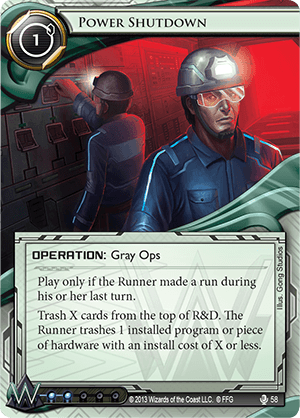 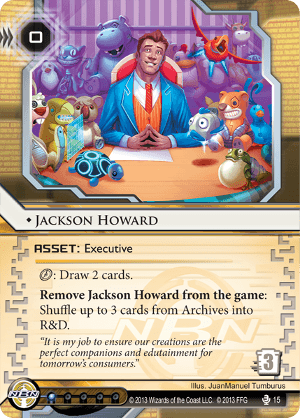 |
| There is a power outage, but our Lord and Saviour is here to the rescue |
Accelerated Diagnostics + Power Shutdown + Jackson Howard: Jackson Howard is crucial to allowing this combo to work. Accelerated Diagnostics only looks at the top 3-cards of your deck. Jackson Howard shuffles in 3 cards. Therefore, if your R&D is empty, you can use Jackson Howard to know exactly what cards Accelerated Diagnostics will play. The usual way of doing this is to play Power Shutdown to empty your R&D deck into archives. Once R&D is empty, you can choose exactly what cards to play with Accelerated Diagnostics by shuffling them in with Jackson Howard from archives.
What are you doing during the combo:
During the combo, you are typically doing several actions, usually by playing Accelerated Diagnostics (AD). Note that in this section we define the acronyms that will be used for the rest of the article series. These can also be seen in the Glossary.
Removing your R&D:
Here you need to either Power Shutdown (PS) your entire deck, or wait until it is empty via other means.Installing cards:
You need to be able to install 6 cards: 3x Jackson Howard (JH), 1x Efficiency Committee (EC), 1x a 3/2 agenda (PV) and 1x a 5/3 agenda (GFI). You will do this via some combination of Shipment from Mirrormorph (SFMM) and Interns.Generating extra clicks:
You will need to generate some extra clicks, which is achieved via a combination of Biotic Labor (BL), Subliminal Messaging (SM) and the when-scored ability of Efficiency Committee (EC).
Advancing cards:
You will also need to be able to advance cards (or, more technically, once EC is scored, place advancement tokens on cards). This is done via Shipment from SanSan (SFSS) and Shipment from Kaguya (SFK).
Recursion back to HQ:
Recursion back to HQ:
Lastly, you will need ways to get cards back into your hand. This is done via Reclamation Order (RO) and Archived Memories (AM).
The deck:
This is not the only CI7 deck, but the core is mostly the same to the rest. Most of the examples in these articles assume a similar shell to this one.
Setup:
What do you need to start the base combo? To do this, you will need 11 credits, 3 of the 6 installable cards in hand (of which 2 must be either JH+JH or JH+EC), an AD in hand, a PS in hand and a SFMM in hand. Additionally, there are certain cards you want to NOT be in your hand. If you have SFSS, RO or Interns in your hand, then you can't shuffle them into the deck with Jackson for the AD-pile (as they are not in archives), and you are thus unable to use them to successfully achieve combo victory. Your best bet for removing these is to overdraw until your hand is greater than your credit pool and then discard at the end of your turn.The base combo:
In this example, X1 and X2 are either a 3/2 agenda (PV/ABT) or a 5/3 agenda (GFI). If at any time, you need to refamiliarize yourself with a particular acronym, return to the {{glossary}}. Here we also describe the terminology for credits used and clicks remaining. After this example, all future examples will be using this terminology. All future examples will not explicitly state which cards are shuffled in by JH, instead just showing them as they are played by AD.
1st click: PS 1 credit, 2 clicks remaining (1 **)
2nd click: SFMM (JH1, JH2/EC, X1/JH3) 2 credits, 1 click remaining (2 *) // X1 is the other installable you have in hand
Use JH to shuffle in:
Pile 1: Interns, RO and BL
Use the JH/EC that you didn't before.. so, if your starting hand had JH+JH, you should Interns EC, but if it had JH+EC you should Interns JH.
3rd click: AD (Interns(JH2/EC), RO(AD), BL) 8 credits, 2 clicks remaining (8 **)
Use JH to shuffle in:
Pile 2: SFSS, SFSS, Interns
Use the X1/JH3 that you didn’t before.. So if your starting hand was JH+JH+JH you should now interns X1, but if it was JH+EC+X1 you should now interns JH.
4th click: AD (Interns(X1/JH3), SFSS(EC), SFSS(EC)) 9 credits, 1 click remaining (9 *)
EC should now have 4 advancement tokens; score it and take its clicks. 9 credits, 4 clicks remaining (9 ****).
Use JH to shuffle in:
Pile 3: Interns, SFSS, RO
5th click: AD (Interns(X2), RO(SFK), SFSS(GFI)) 11 credits, 3 clicks remaining (11 ***)
GFI should have 2 advancements, and PV should have 0. You have 3 clicks remaining and all 3 SFK in hand (thanks to RO), so play:
6th click: SFK (GFI + PV) 11 credits, 2 clicks remaining (11 **)
7th click: SFK (GFI + PV) 11 credits, 1 click remaining (11 *)
8th click: SFK (GFI + PV) 11 credits, 0 clicks remaining (11)
Score both to win.
| The typical runner response |
Post-combo discussion:
One of the main pieces of jargon in the CI7 lexicon is the idea of a “pile”. This refers to the 3 operation cards shuffled in by Jackson to be played by AD. Because there are only 3 Jackson Howards available, and he removes himself from the game after use, you are limited to only having 3 piles from which to win.If you pay attention to the piles, you’ll notice there is a lot of redundancy that could be skipped in more ideal settings. We dedicate 3 slots in the piles to installing some of the 6 cards via interns, mostly because they are in archives; however, if you have all 6 cards in hand, you can do the same with a single-slot by using SFMM. There are also two times in the combo that we bring cards back to hand with Reclamation Order. These can either be skipped entirely if you have all 3 cards, or replaced with AM if you already have 2 of them. In the case of SFK, if you have 2 SFK, you can skip the AM too and play the SFK directly, saving you both a credit and a click. There is also a BL being played inside the combo; however, if you have a BL in hand, you can instead play SM during the combo and BL outside of it, saving you 1 credit.
There are also other tricks in regards to getting rid of cards stuck in your hand. If you start the combo with SFSS/Interns/RO still in hand, you can instead play a BL during the SFSS/Interns/RO slot. This costs you an additional 4 credits but lets you play SFSS from hand after you play the AD. Additionally, in regards to SFSS, it is possible to win with only 1 SFSS in archives if you have 2 AD in hand. If you have 2 AD, then you can postpone the RO(AD) for the 2nd pile, and play the SFSS in the first pile. This lets you combo out with only 1 SFSS in any particular pile, instead of requiring 2 in the second pile like usual. You can also change the RO for an AM to save a credit using this trick.
A lot of the skill in playing CI7 is being able to recognise early whether you can make the combo, and pulling it off before the runner is able to win. Sometimes, they will see you are at less than 11 credits and think it is safe to run, but if you know about saving money through tricks such as these, you might be able to pull off the win anyway. These free slots are also useful for dealing with Anti-CI7 hate.
Conclusion:
Leading us on to our perfect ending point for the first article. Some of you may be tempted to give this deck a try. It’s definitely worth doing, although you will struggle without knowing all the ins and outs of dealing with CI7 counter cards. The best trick for getting better at this deck is practice.
I do have one small request though. Consider it a favour to me. If you are going to practice this online on jinteki.net, please make sure to only use it on the competitive tab. There are many aspects of this deck that people consider unfair, and I therefore think it is unreasonable to expect the average casual jinteki.net player to deal with it.The next article will be dealing with how to combo through the various Anti-CI7 hate cards.


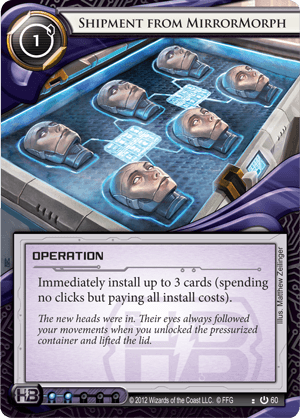
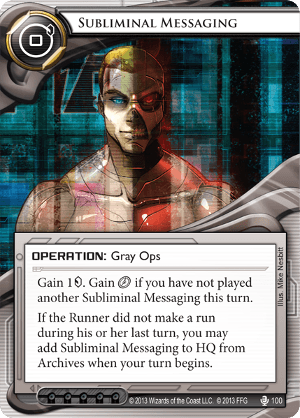
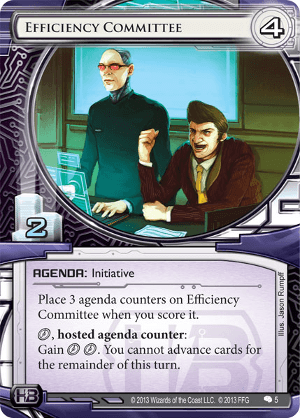
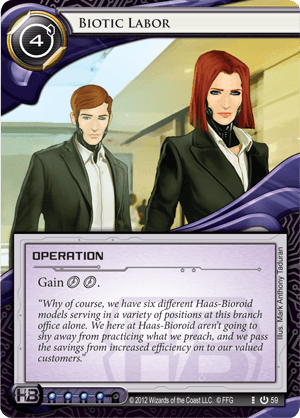

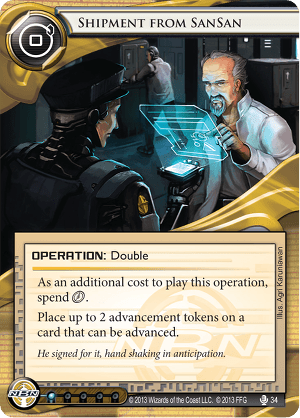
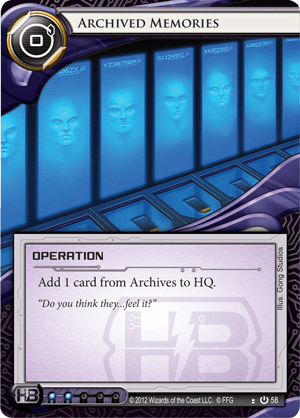
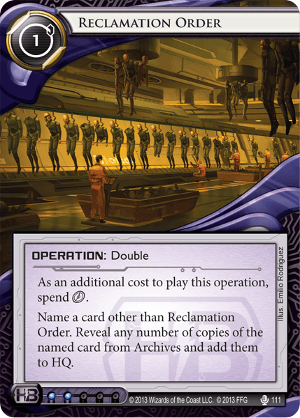
Nice article!
ReplyDeleteI've been playing Jackson7 for a while, and I'm really looking forward to the next article! I can normally combo through clot just fine, but stuff like Leela and Double Clot are when I normally mess up. And don't even get me started about Noise with an unknown card on his Peddler that might be a virus, might be a Clot, with a clone chip for another paid ability speed install that's gonna be a Clot too if the card on the Peddler's a clot... :)
Seriously, awesome article
Awesome! your article is really organized and detailed oriented, why don't you join some essay writing service discount? I think you'd fit in perfectly buddy!! Thank you!
ReplyDeleteI share the excitement of the previous speaker. It is huge what you have done here! I have never seen a detailed and I would even say passionate review, even testimonials of thesishelp and http://ratedbystudents.com/services/thesishelp are not so emotional.
ReplyDelete